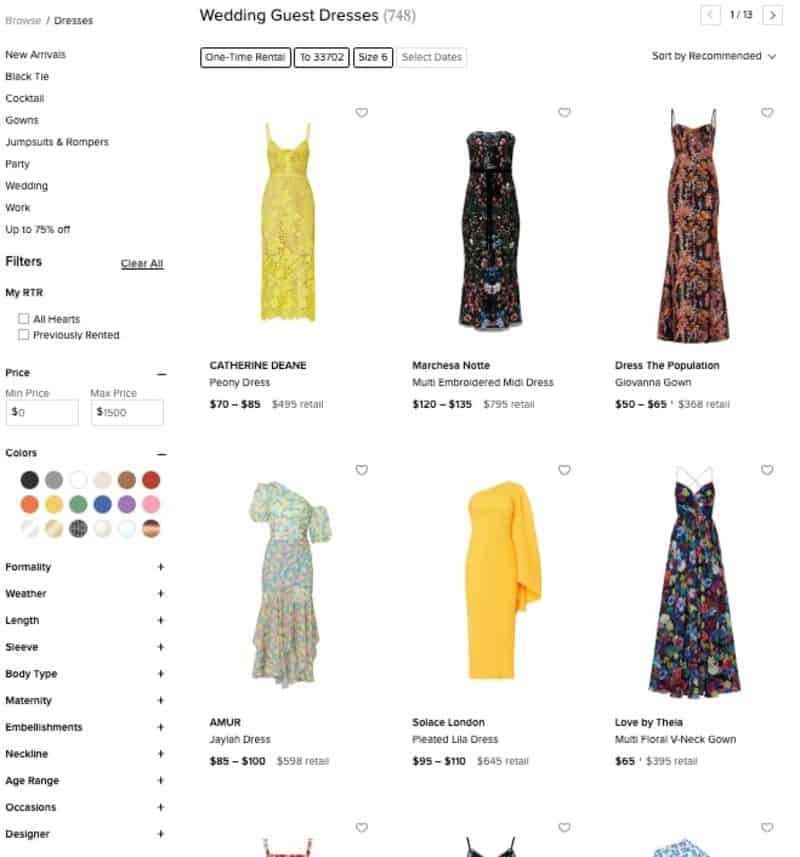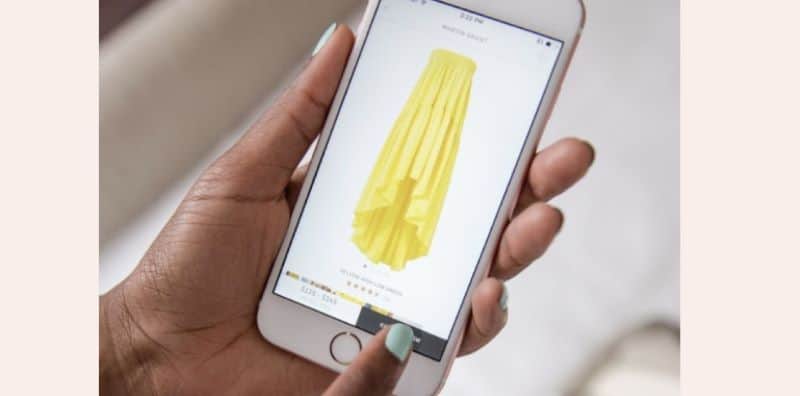Brand Architecture: More Than Just a Clean-Up Job

We hear it all the time – “can you guys help us clean up our brand architecture?” or “our logo system is a mess; we need some brand architecture help.” And while, yes, brand architecture often addresses a brand’s signature system, organizing and clarifying the visual expression of its offering, that’s hardly the whole story.

Brand architecture is a powerful tool that, when leveraged appropriately, can fundamentally change the brand experience for customers and employees alike. Don’t believe us? Here are four brand architecture implications that prove brand architecture is more than just a clean-up job:
1. Easier, more intuitive information gathering and decision making for customers
Think, for a minute, about your typical shopping process. It can be for a routine purchase like shampoo, a larger investment like a car, or a service offering like a hotel stay. In each of these situations, you have to make a series of decisions around brands and features, and architecture plays a role in all of these.
Let’s say you’re in the market for some headphones. Thanks to Apple’s portfolio strategy, where each of their sub brands has a strong connection to the parent brand, your love of your iPhone gives you a starting place with AirPods. With a trusted brand in your consideration set, your search may be able to end there.
Now imagine you’re preparing to buy a new vehicle. Toyota’s organizing principle and hierarchy will easily help you narrow down by type of vehicle, energy source, model or size, trim level, and finally, features. Whether you’re starting your search online, with brochures, or in a conversation with a member of the sales team, organizing principle helps you navigate the journey.

Photo Courtesy of: Toyota.com
2. Tailored offerings for customer needs
We believe any successful brand architecture exploration includes a robust need state analysis. This means we think about the key stakeholders of a brand (including employee and customer groups), their most frequent occasions for using the brand, and what their evaluation criteria might be for each of those occasions.
As a result, we’re able to map a brand’s offerings to each of those needs, identify gaps, and customize the audience’s journey for each.
Let’s imagine a new scenario. In this one, you’ve been invited to a friend’s wedding. While you want to wear something new for the occasion, you don’t want to invest in an outfit that will sit in your closet, unworn for years (this is a frequent scenario for me).
Learn More: Four Signs You May Have A Brand Architecture Problem
Rent the Runway (RTR), and their crystal-clear go-to-market strategy, are here to save the day. First, they address multiple need states with their membership plans: want a steady stream of new items rotating through your wardrobe? A monthly membership it is. Pregnant, and in-need of new outfits to accommodate your changing shape? A short-term plan for you. Me, looking for something for a day or two? One-time rentals do the trick.
Once you’ve made that selection, RTR uses a litany of need-based shopping filters to help you narrow down from hundreds of options, to a select array. You may not think of this seamless, personalized shopping experience as related to brand architecture, but that’s organizing principle, hierarchy, and nomenclature at work!

Source: RenttheRunway.com
3. Stronger employee connection to the brand’s strategy
Now let’s turn our focus inward, on the employees. Brand architecture plays a large role in their daily lives too. Continuing on with our RTR example, imagine if their internal structure reflected their go-to-market strategy, with employees working in teams based on membership type or key occasions (weddings, for instance).

Photo Courtesy of Renttherunway.com
Team members would be able to dig deep into customer motivations, address customer needs from multiple angles, and maybe even develop incremental solutions for the brand to offer (wedding gifts, bridesmaid dresses, etc.). If employees were organized more traditionally, by discipline (designers, marketing, sales), these ideas may never come to fruition.
Learn More: Optimizing Brand Architecture for Health Care Systems: One Size Does Not Fit All
This kind of structure would also give employees a stronger sense of purpose, more insight into how they’re helping the brand move forward, and perhaps more fulfillment in their role.
4. Employee confidence and security when taking risks and testing new ideas
Finally, certain portfolio strategy solutions can enable brands to explore new pathways with less risk. For instance, let’s say RTR decided to pursue a line of rentals for bridesmaids and groomsmen. They could adopt a Masterbrand strategy, simply folding that offering into their existing brand, adding a new occasion or membership type to accommodate the change.

Photo Courtesy of Renttherunway.com
However, suppose the brand understands that the audience needs are substantially different for this line, therefore preferring to keep the new offering more separate, perhaps with a different look and feel. In this instance, they could adopt an endorsement strategy, giving this new line its own name, with the backing of RTR. This balanced approach would lend the credibility of the parent brand, while lessening the risk of a poor experience with a new service.
We love digging into brand architecture, its implications, need states, and the constantly shifting opportunities that result. If you want to talk about what brand architecture can do for your brand, let’s talk.





